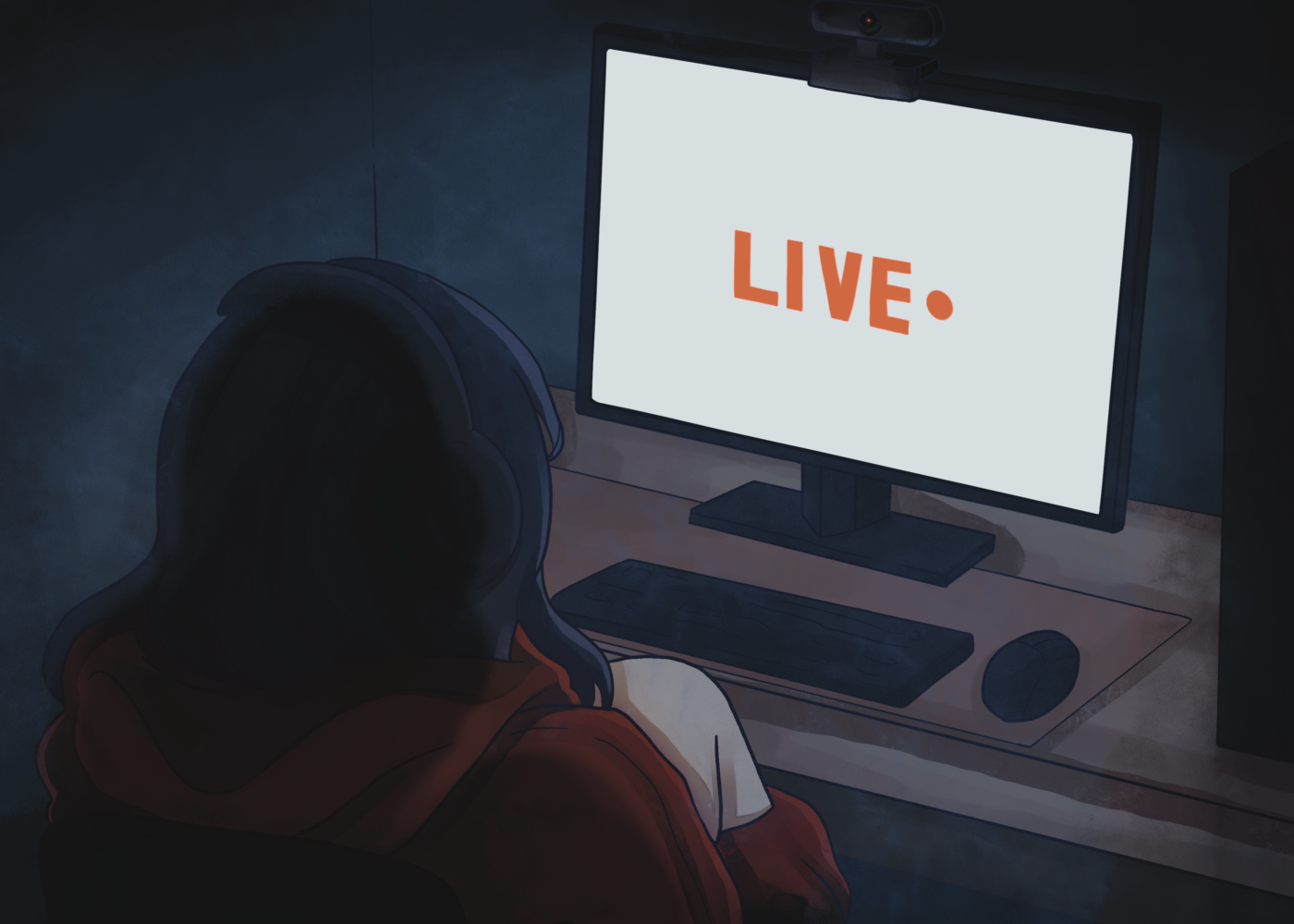Trigger warning: This article contains discussions of the sexual exploitation and abuse of children.
THE PHILIPPINES currently ranks second globally for the prevalence of online sexual abuse and exploitation of children (OSAEC). According to a study by the International Justice Mission (IJM), one in 100 Filipino children were sexually abused by traffickers to create child sexual exploitation materials (CSEM) in 2022.
These alarming rates of OSAEC in the country have been the subject of various legislative efforts. Last year, the Anti-Online Sexual Abuse and Exploitation of Children (OSAEC) and Anti-Child Sexual Abuse or Exploitation Materials Law or Republic Act No. 11930 was signed into law, amending the 2009 Anti-Child Pornography Law to create stricter proscriptions on the production of CSEM.
However, due to its proliferation as a family-based crime, the capacity of these laws to address OSAEC is put into question.
Danger in the home
According to the International Justice Mission (IJM), OSAEC in the Philippines was first reported only as recently as 2011 and has only increased since then. This rapid escalation in cases was exacerbated further by the COVID-19 pandemic as a 2021 report by the Global Threat Assessment showed a 265% increase between the months of March and May 2020 alone.
Studies show that poverty is the predominant driving factor for traffickers to engage in OSAEC. However, the Internet-based context of the crime also allows abusers to detach themselves from its exploitative nature.
“There is a lack of awareness and understanding about how online behaviors constitute exploitation. […] They think that there is no harm since everything is done online, and foreign offenders are not able to physically touch or abuse the children,” IJM Senior Researcher Christine Torres said.
The deep web, in which this cybercrime happens most often, is not the only locus law enforcers struggle to probe into. As a family-based crime, the home is no safer place for victims of OSAEC. A 2020 summary report from IJM shows that 41% of the traffickers are the victims’ own parents and 42% their other relatives.
This emotional proximity between victims and traffickers necessitates a nuanced perception of victimization for survivors of OSAEC. IJM’s 2021 Aftercare Reintegration research shows that survivors commonly do not perceive themselves as victims because they were made to believe that their exploitation financially sustained their families. As such, a notable proportion of OSAEC cases go unreported.
Sociocultural factors also come into play when it comes to the underreporting of OSAEC. “Since it is typical in Filipino culture not to ‘meddle in their neighbor’s affairs,’ trafficking is underreported by the community. […] This is why CSEM production appears to be an ‘open secret’ within communities,” Torres explained.
However, Torres emphasized that while OSAEC often occurs within the confines of the home, it could also happen anywhere. “As long as there is an internet connection, a gadget, and a private room, any child can be abused or sold online via livestreamed CSEM,” she added.
Post-rescue dilemmas
Unfortunately, the exact effects of OSAEC on its victims can be difficult to define, as the households that are likely to participate in OSAEC are also likely to suffer from other negative circumstances, such as extreme poverty, drug use, or domestic abuse.
In the aftermath, post-rescue victims are at risk of medical side-effects such as insomnia and lack of appetite, which can lead to other illnesses due to lack of proper rest and nutrition. Victims are also often vulnerable to psychopathological disorders due to the sexual nature of their online presence leads to low self-esteem.
Additionally, the capture and conviction of traffickers can sometimes be equally as traumatizing as the act itself. The victims often perceive the incarceration of their abusers as punitive separation from the community, especially since abusers tend to be trusted adult figures such as parents.
“There’s trauma from the abuse, […] but there’s also trauma from the rescue,” CURE Foundation, Inc. Executive Director Bart van Oost stated. Consequently, organizations that tackle OSAEC sometimes allow children to reintegrate with their families, whether through supervised home visits or video calls in order to help them develop socially.
Despite both governmental and non-governmental initiatives launched against OSAEC, the sheer magnitude of the phenomenon in the Philippines has enabled it to remain a fixture along the country’s underbelly.
When asked about how to address OSAEC on a societal level, van Oost emphasized the importance of awareness. “We have to work with families and teachers to recognize this kind of problem. […] We have these big, fancy international reports [stating] that the Philippines is a hotspot for online trafficking, yet most of the population is not aware of it,” he shared.
Each year, more and more children are exposed to an industry that exploits indiscriminately. Without significant response from all sectors of society, OSAEC will continue to invade vulnerable demographics far from authorities’ notice.




